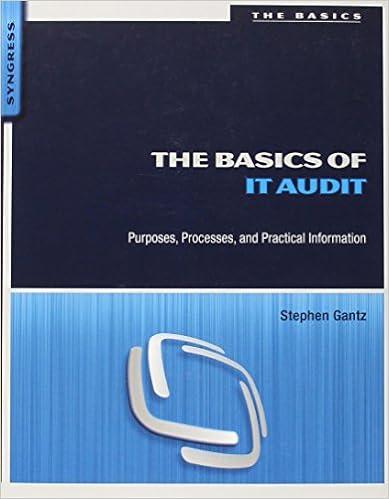Question
Successful inventory management involves balancing the costs of inventory with the benefits of inventory. Many small business owners fail to appreciate fully the true costs
Successful inventory management involves balancing the costs of inventory with the benefits of inventory. Many small business owners fail to appreciate fully the true costs of carrying inventory, which include not only direct cost of storage, insurance and taxes, but also the cost of money tied up in inventory. This fine line between keeping too much inventory and not enough is not the manager's only concern. Others include: Maintaining a wide assortment of stock but not spreading the rapidly moving ones too thin; Increasing inventory turnover but not sacrificing the service level; Keeping stock low but not sacrificing service or performance; Obtaining lower prices by making volume purchases but not ending up with slow-moving inventory; and Having an adequate inventory on hand but not getting caught with obsolete items. The degree of success in addressing these concerns is easier to gauge for some than for others. If you are part of the inventory management team, how would you prioritize the list from above and why?
Step by Step Solution
There are 3 Steps involved in it
Step: 1

Get Instant Access to Expert-Tailored Solutions
See step-by-step solutions with expert insights and AI powered tools for academic success
Step: 2

Step: 3

Ace Your Homework with AI
Get the answers you need in no time with our AI-driven, step-by-step assistance
Get Started


